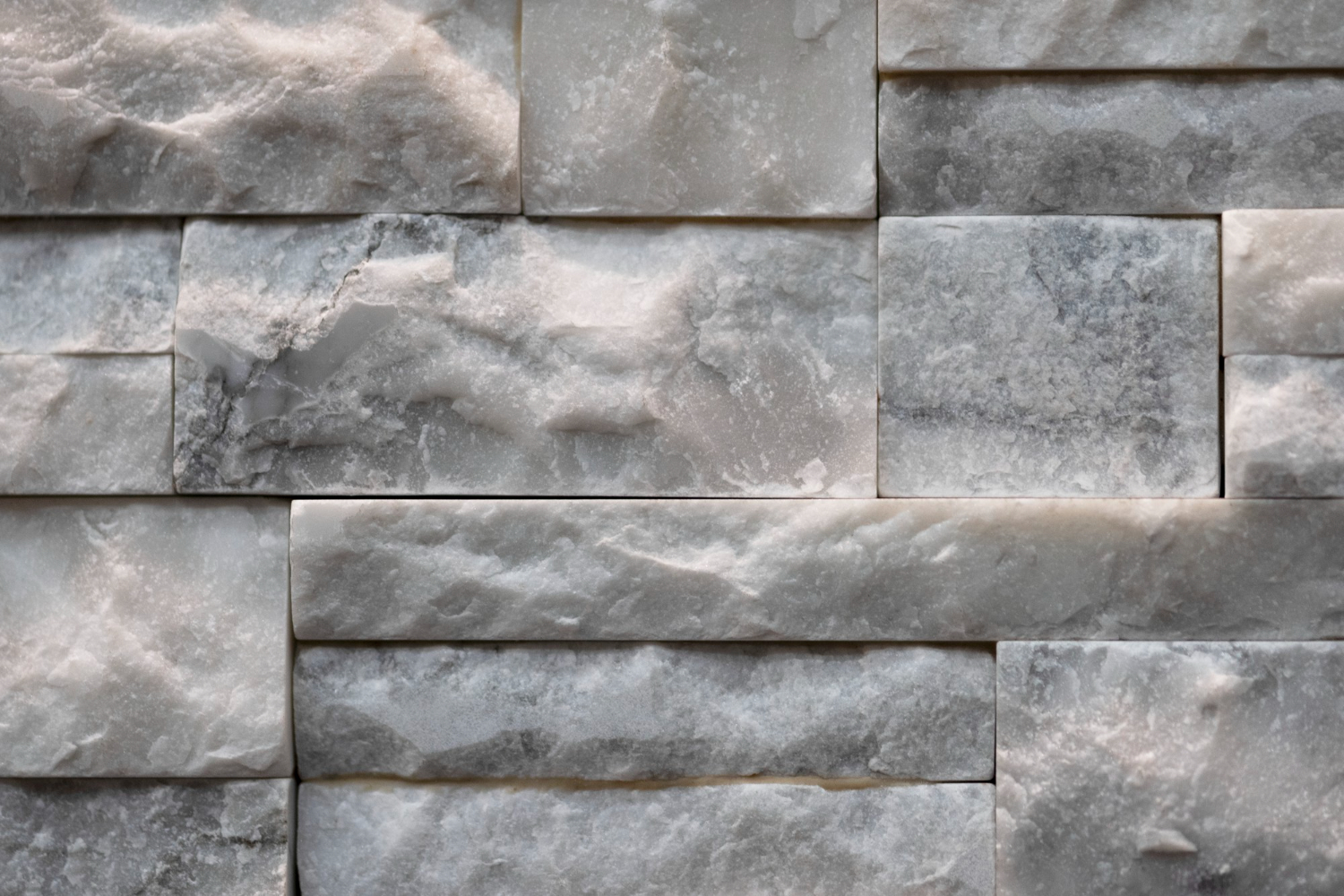
Stone cladding is a variable option for home exteriors. It adds a natural, timeless look to any building, making it a popular choice for many homeowners. But how do you pair stone with other exterior materials to create a compatible and attractive design?
This guide will walk you through the best practices for combining stone with various materials, offering tips on design, color coordination, and material types.
Before diving into combinations, it's important to understand what stone cladding is. Stone involves applying a thin layer to the surface of a structure and provides the look of a solid stone wall without the weight and cost.
Stone offers a variable solution for increasing architectural perfection by mimicking the appearance of solid stone walls. It serves as a practical alternative, balancing perfect with cost-effectiveness and ease of installation. Whether using natural stone or manufactured facade, the technique allows for creativity in design while accommodating various structural requirements.
Stone is favored not only for its visual appeal but also for its ability to add texture and depth to building facades, making it a popular choice in modern architectural practices.
When planning your stone cladding exterior designs, think about the overall look you want to achieve. Stone cladding exterior designs can range from rustic to modern, depending on the type of stone and the way it is applied. The architectural style of your home plays a crucial role in selecting the appropriate design.
Integrating stone cladding exterior designs can upgrade visuals charm and durability, offering both perfect value and practical benefits. Whether opting for traditional stacked stones or latest panels, thoughtful consideration ensures a harmonious blend with your home's exterior architecture.
Types of stone cladding encompass a variety of options tailored to different architectural needs. From natural stone like granite and limestone to engineered options such as faux stone panels and facade, each type offers distinct attractive and functional advantages.
Natural stone provides authenticity and durability, while engineered alternatives offer creativity and ease of installation. The choice depends on factors like budget, desired appearance, and maintenance preferences, ensuring compatibility with diverse exterior and interior design schemes.
Natural Stone: This includes materials like granite, limestone, and slate. Natural stone offers a unique look as no two stones are exactly alike.
Manufactured Stone: These are made to look like natural stone but are lighter and easier to install.
Panelized Stone: These come in pre-assembled panels that are quick to install, saving time and labor costs.
Combining stone with wood creates a warm, inviting look. The natural textures of stone and wood complement each other beautifully. Use stone for the lower part of the exterior and wood for the upper parts or inflection.
Stone and brick can be paired for a classic, timeless appearance. Use stone for focus like entryways or chimneys and brick for the main body of the house. This combination works well with traditional and rustic home designs.
For a modern, industrial look, pair stone with metal. Metal elements like steel or aluminum provide a sleek contrast to the natural texture of stone. This combination is perfect for contemporary homes.
Choosing the right colors is crucial for creating a harmonious exterior. Stone cladding colors range from earthy tones like brown and beige to bold colors like gray and black. Match or contrast these colors with the other materials used in your exterior design for a balanced look.
Stone cladding colors play a pivotal role in stunning exterior, influencing the overall visual impact of a structure. Whether opting for earthy tones to blend with natural surroundings or bold shades to make a statement, the color palette sets the tone for the architectural style and upgrades visuals charm significantly.
Lightweight stone cladding is an excellent option for those who want the look of stone without the added weight. This type of cladding is easier to install and reduces the structural load on the building. It is ideal for both new constructions and renovations.
This makes it a practical choice for modern construction projects aiming for sustainability without compromising on creative appearance.
Prepare the Surface: Make sure the surface is clean, dry, and free of any loose materials.
Use the Right Adhesive: Choose an adhesive that is suitable for the type of stone and the surface it will be applied to.
Follow Manufacturer’s Instructions: Always follow the guidelines provided by the manufacturer to avoid any issues.
Durability: Stone is resistant to weather, fire, and pests.
Insulation: It provides good thermal.
Elegance: Stone adds a natural and elegant look to any building.
Pairing stone with other exterior materials can create a stunning and unique look for your home. By understanding the types of stone cladding and how to combine them with materials like wood, brick, and metal, you can achieve a design that stands out. Remember to choose colors that complement each other and follow proper installation techniques to ensure a durable and beautiful exterior.
1. What is the best way to clean stone?
Regularly cleaning with a mild detergent and water is usually sufficient. For tougher stains, use a stone-specific cleaner.
2. Can stone be used on any type of building?
Yes, stone can be used on various types of buildings, including residential and commercial structures.
3. Is stone cladding expensive?
The cost can vary depending on the type of stone and the complexity of the installation, but there are options available to fit different budgets.
4. How long does the stone of cladding last?
With proper installation and maintenance, stone can last for many years, often outlasting other types of cladding materials.
5. Can I install cladding of stone myself?
While it's possible to install cladding of stone yourself, it is recommended to hire a professional to ensure the best results and avoid potential issues.












